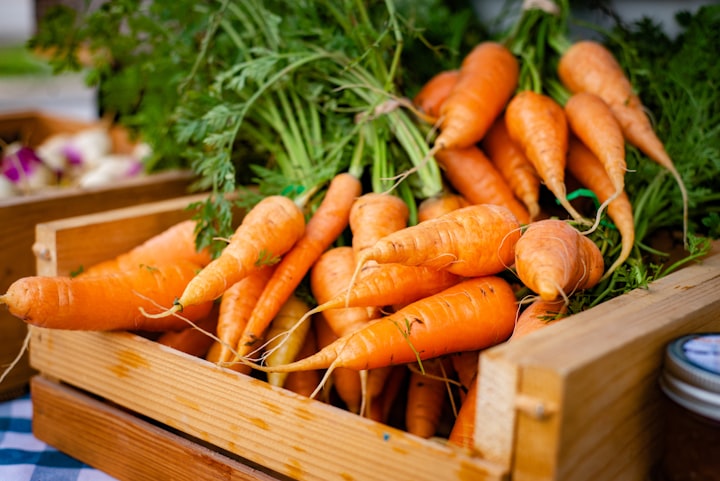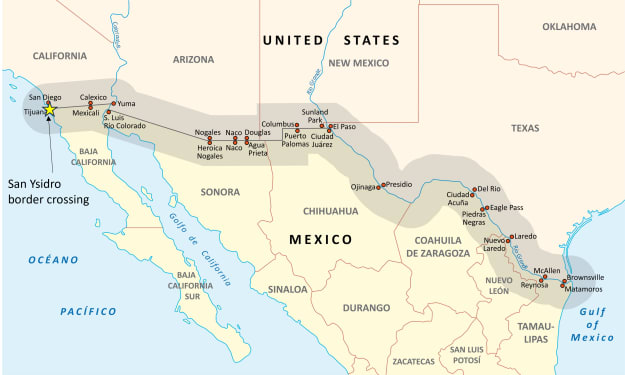Danvers Half Long Carrots Germination, Spacing and Harvesting
Danvers half long carrots germination

Danvers Half Long Carrots Germination, Spacing and Harvesting
Danvers half long carrots germination
Danvers Half Long carrots are a popular variety of carrots known for their smooth texture, excellent flavor, and suitability for a variety of culinary uses. Germination refers to the process by which a seed sprouts and starts to grow into a new plant. Here are some steps and tips for germinating Danvers Half Long carrot seeds:
Danvers half long carrots germination
Seed Selection: Choose high-quality seeds from a reputable supplier or store. Fresh seeds have a higher germination rate, increasing your chances of success.
Danvers half long carrots germination
Soil Preparation: Carrots prefer loose, well-draining soil. Clear the area of rocks, weeds, and other debris that could hinder germination. Mix in some compost or organic matter to improve soil fertility.
Danvers half long carrots germination
Sowing Time: Carrots are cool-season vegetables, so the best time to sow the seeds is during the early spring or late summer (for a fall harvest). In some regions with mild winters, they can be grown throughout the winter.
Danvers half long carrots germination
Depth and Spacing: Plant the Danvers Half Long carrot seeds about 1/4 to 1/2 inch (0.6 to 1.3 cm) deep in rows spaced about 12 to 18 inches (30 to 45 cm) apart. Carrot seeds are tiny, so it's essential not to plant them too deep to ensure they can push through the soil.
Danvers half long carrots germination
Moisture and Watering: Keep the soil consistently moist but not waterlogged. Carrot seeds require adequate moisture to germinate properly. Water gently to avoid disturbing the seeds or causing them to wash away.
Danvers half long carrots germination
Temperature and Environment: Carrots prefer cooler temperatures for germination, ideally between 50°F to 75°F (10°C to 24°C). You can use row covers or shade cloth to moderate temperature and protect young seedlings if necessary.
Danvers half long carrots germination
Thinning: Once the seedlings emerge and develop their first true leaves, you'll need to thin them to provide sufficient space for each carrot to grow. Aim for a final spacing of about 2 to 3 inches (5 to 7.5 cm) between individual plants.
Danvers half long carrots germination
Sunlight: Carrots require full sunlight for optimum growth. Make sure they receive at least 6 hours of direct sunlight daily.
Danvers half long carrots germination
Weed Control: Keep the area around the carrot seedlings free from weeds, as weeds can compete for nutrients and hinder their growth.
Danvers half long carrots germination
Patience: Carrots can take some time to germinate and grow, so be patient. Germination usually takes between 1 to 3 weeks, depending on the conditions.
By following these steps and providing the right growing conditions, you should have successful germination of your Danvers Half Long carrot seeds. As they grow, remember to water them regularly and be mindful of pests or diseases that may affect carrot plants. With care and attention, you'll be rewarded with delicious homegrown carrots in due time.
Danvers half long carrots soil
Danvers Half Long carrots thrive best in loose, well-draining soil that is free from rocks, stones, and other obstacles that may hinder root development. Here are some soil considerations and tips for growing Danvers Half Long carrots:
Danvers half long carrots soil
Soil Type: Carrots prefer sandy loam or loamy soil, which is a balanced mixture of sand, silt, and clay. This type of soil allows for good water drainage while retaining enough moisture for the carrots to grow properly.
Danvers half long carrots soil
Soil pH: The ideal soil pH range for growing carrots is slightly acidic to neutral, between 6.0 and 7.0. You can test your soil's pH using a soil testing kit and make necessary adjustments if needed.
Danvers half long carrots soil
Soil Preparation: Before planting, prepare the soil by removing any weeds, rocks, or debris. Loosen the soil to a depth of at least 8 to 10 inches (20 to 25 cm) to facilitate root growth and penetration.
Danvers half long carrots soil
Organic Matter: Incorporate organic matter, such as compost or well-rotted manure, into the soil. This enriches the soil with essential nutrients and helps improve its structure.
Danvers half long carrots soil
Avoid Heavy Soil: Heavy clay soils can cause misshapen carrots and hinder their growth. If your soil is clay-heavy, consider creating raised beds or adding organic matter to improve its structure.
Danvers half long carrots soil
Soil Moisture: Ensure the soil has good moisture retention without becoming waterlogged. Overly wet conditions can lead to rotting of carrot seeds and roots. Regular, even watering is essential to support carrot growth.
Danvers half long carrots soil
Mulching: Applying a layer of organic mulch, such as straw or shredded leaves, around the carrot plants can help conserve soil moisture, suppress weed growth, and keep the soil temperature more consistent.
Danvers half long carrots soil
Fertilization: Carrots are not heavy feeders, but they do benefit from a balanced fertilizer or compost application at planting time. Avoid using excessive nitrogen-rich fertilizers, as they can cause the carrots to develop hairy roots.
Danvers half long carrots soil
Temperature: Carrots prefer cooler temperatures for optimum growth. Avoid planting during hot summer months, as high temperatures can negatively impact carrot growth and cause them to become bitter.
Danvers half long carrots soil
Crop Rotation: If you've grown carrots or other root vegetables in the same area the previous year, consider rotating your crops to prevent the buildup of soil-borne diseases and pests.
Danvers half long carrots soil
By providing the right soil conditions, you can support healthy growth and development of Danvers Half Long carrots. Regularly monitor the soil moisture and make adjustments as needed to ensure your carrots have the best chance of producing sweet, delicious roots.
Danvers half long carrots harvesting
Harvesting Danvers Half Long carrots is an exciting part of the gardening process, as you get to enjoy the fruits (or in this case, roots!) of your labor. Here are some tips on when and how to harvest these carrots:
Danvers half long carrots harvesting
Harvesting Time: Danvers Half Long carrots are typically ready for harvest in Jamaica and elsewhere around 60 to 75 days after planting, depending on the specific variety and growing conditions. You can start harvesting when the carrots reach the desired size and thickness, usually about 6 to 8 inches (15 to 20 cm) long and 1 to 1.5 inches (2.5 to 3.8 cm) in diameter.
Danvers half long carrots harvesting
Check Size and Color: Gently pull back the soil around the top of the carrot to check its size and color. If they have reached the desired size and have developed their characteristic orange color, they are ready to be harvested.
Danvers half long carrots harvesting
Harvest Gradually: Carrots don't all mature at once, so it's best to harvest them gradually. Start pulling up the largest carrots first, and leave smaller ones to continue growing until they reach the desired size.
Danvers half long carrots harvesting
Loosen Soil: Before pulling the carrots from the ground, loosen the soil around them with a garden fork or a trowel. This will make it easier to lift the carrots without breaking their roots.
Danvers half long carrots harvesting
Gentle Pulling: When harvesting, grasp the carrot tops firmly near the crown and gently pull upwards. Avoid yanking or pulling too hard, as this can cause the carrot to break or get damaged.
Danvers half long carrots harvesting
Trimming Greens: Once harvested, trim off the green tops (foliage) from the carrots, leaving about an inch (2.5 cm) of the greens attached. This helps extend the shelf life of the carrots in storage and prevents them from drawing moisture from the roots.
Danvers half long carrots harvesting
Storage: If you're not consuming the carrots immediately, brush off excess soil, but avoid washing them. Store the freshly harvested carrots in a cool, dark place in the refrigerator. They should keep well for several weeks if stored properly.
Danvers half long carrots harvesting
Fall Harvest: In some regions with mild winters, you can leave some carrots in the ground and harvest them during the fall as needed. Mulching the area can protect the carrots from freezing temperatures, allowing you to extend the harvest season.
Harvesting Danvers Half Long carrots at their peak maturity ensures the best flavor and texture. Be sure to handle them with care to avoid any damage during harvest. Enjoy the satisfaction of growing and harvesting your own delicious, homegrown carrots!
I may receive compensation for any purchases made through affiliate links in this article.





Comments
There are no comments for this story
Be the first to respond and start the conversation.